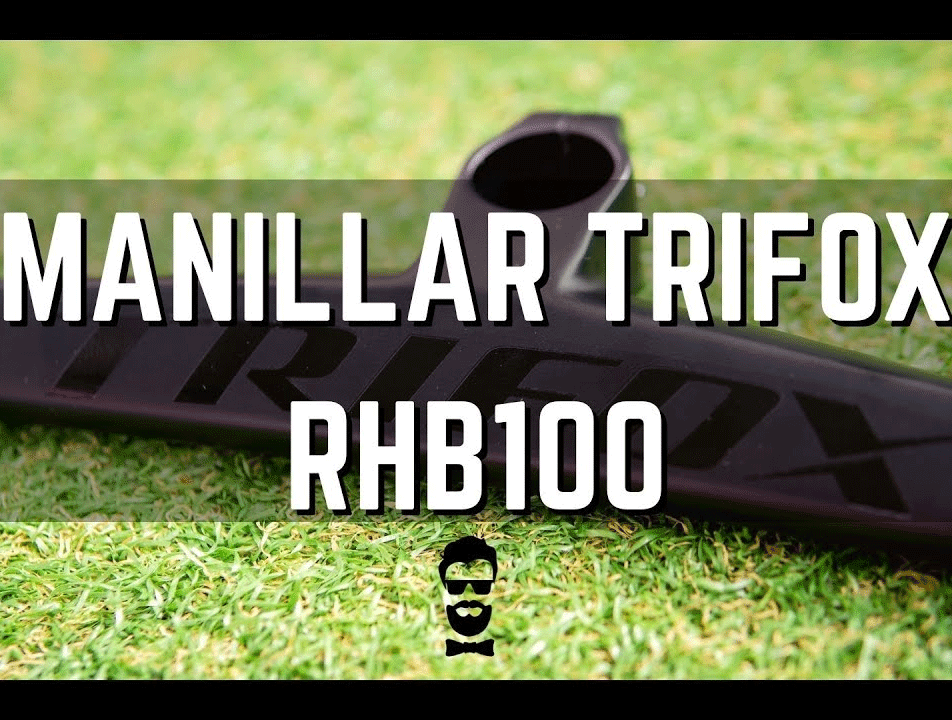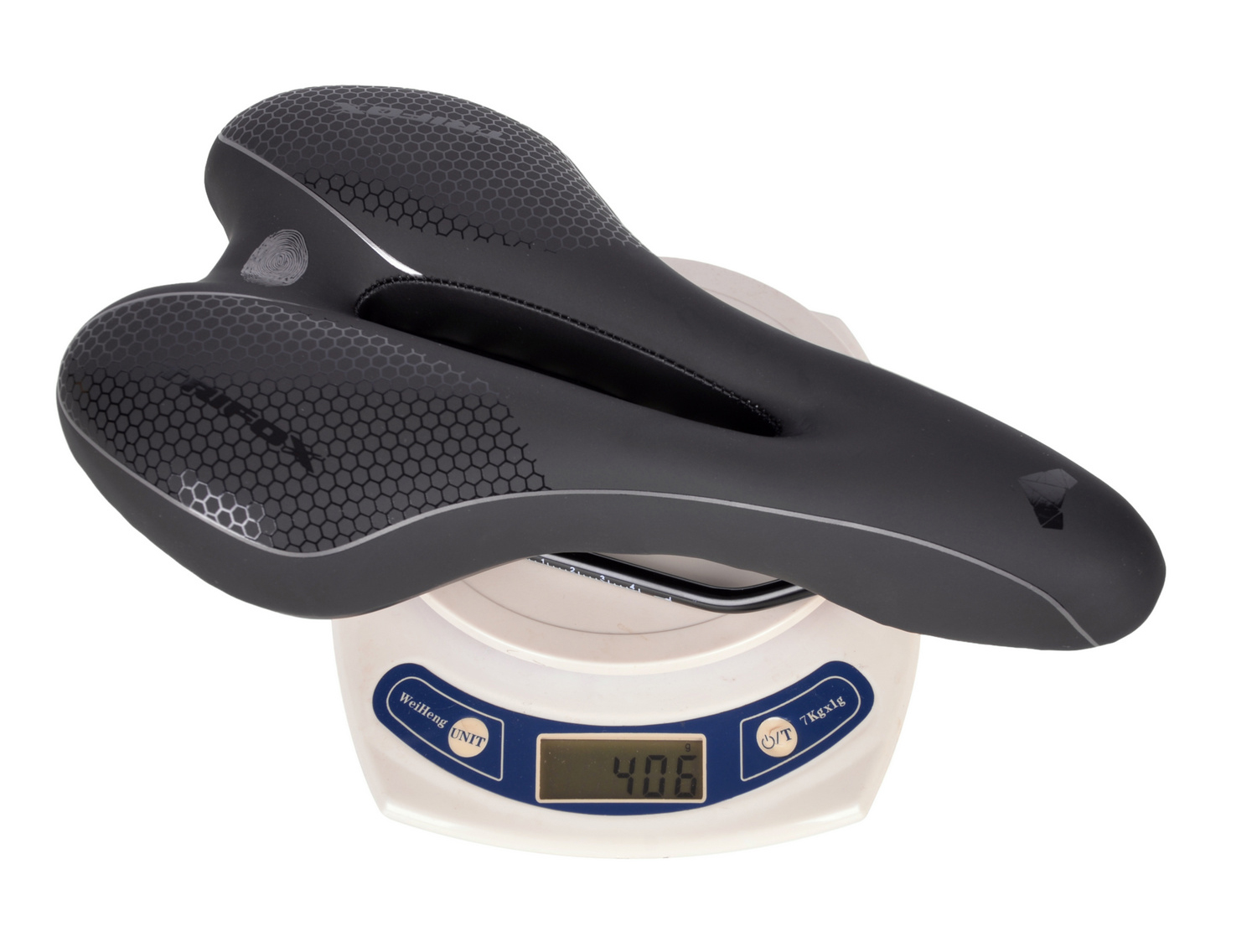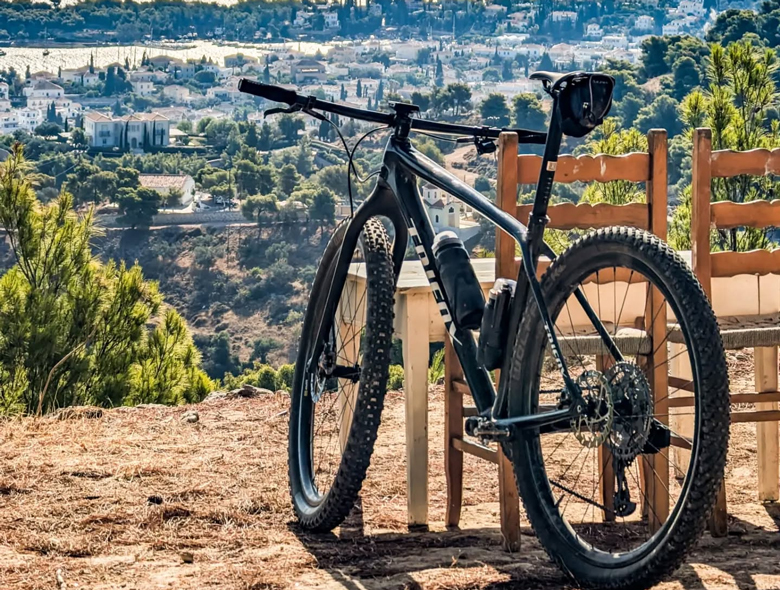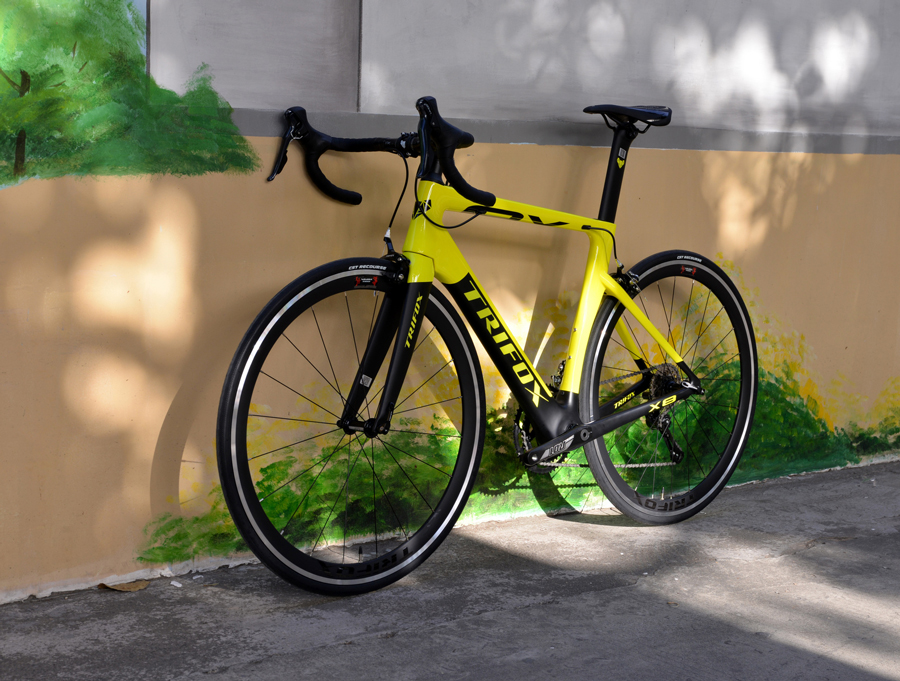When it comes to cycling, bike enthusiasts take every possible step to make their ride smooth and comfortable. Be it the frame, wheels, or suspension of the bike, the rider always aims for the best. However, the one component that cyclists often overlook is the handlebars. Bike handlebars play a crucial role in ensuring rider comfort, positioning, and control. With advancements in technology, there are several types of cycle handlebars available in the market that cater to different styles of riding.
1. Mountain Bike Handlebars
Mountain bike handlebars can be classified into two types: riser and flat. Riser handlebars have a curved shape, providing extra height to the rider's grip. These bars are ideal for riders who prefer an upright riding position, allowing them to observe their surroundings while riding. Flat handlebars, as the name suggests, are straight bars without any curvature. They are best suited for riders who prefer a more aerodynamic riding position. Flat handlebars provide a better grip that allows riders to maneuver the bike easily.
2. Road Bike Handlebars
Drop bars are the most common type of handlebars used in road bikes. Drop bars have a distinctive shape that descends downwards, providing a variety of hand positions to the rider. Drop bars are ideal for long rides as they offer multiple hand positions, allowing riders to change their grip and relieve pressure on their palms. The aero drop bar, a variation of the drop bar, has a flat top section that allows riders to rest their hands, minimizing wind resistance.
3. Carbon Fiber Integrated Handlebars
Carbon fiber integrated handlebars are a popular choice among road and triathlon riders. These handlebars have an aerodynamic design that minimizes wind resistance and enhances overall bike performance. Integrated handlebars have the shifters, brakes, and cables built into the bar, giving the bike a clean and streamlined look.
4. Carbon Fiber Riser Handlebars
Carbon fiber riser handlebars are similar to mountain bike riser handlebars but are made up of carbon fiber. Riser handlebars have a shorter reach, offering more control and grip, and are ideal for technical riding. Carbon fiber riser handlebars are lightweight and provide excellent shock absorption, making them a popular choice among mountain bikers.
5. Carbon Fiber Flat Bars
Carbon fiber flat bars are straight bars that appeal to those looking for an aerodynamic riding position. These handlebars provide an excellent grip, allowing riders to control the bike with ease, and are ideal for road racers.

Conclusion:
Cycle handlebar are an essential component of your bike and can make or break your cycling experience. Understanding the different types of cycle handlebars available in the market can help you choose the best one for your riding style.

Whether it is a mountain bike or a road bike, riser or flat, integrated or not, there is a handlebar option for everyone. Investing in a good set of handlebars can go a long way in improving your ride's comfort, positioning, and control. So, go ahead, upgrade your bike, choose the perfect handlebars for your riding style, and revolutionize your ride!




















































































